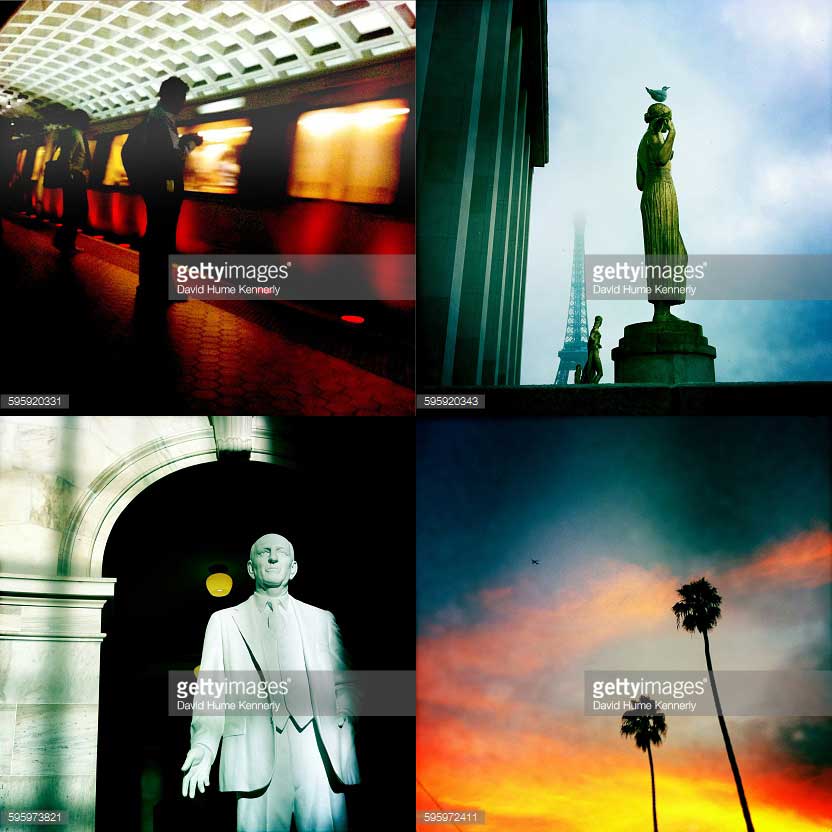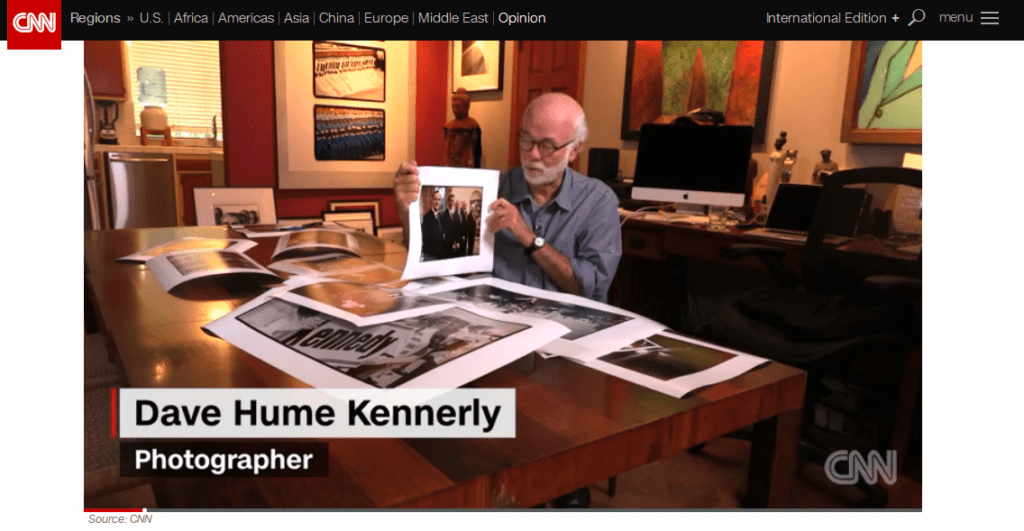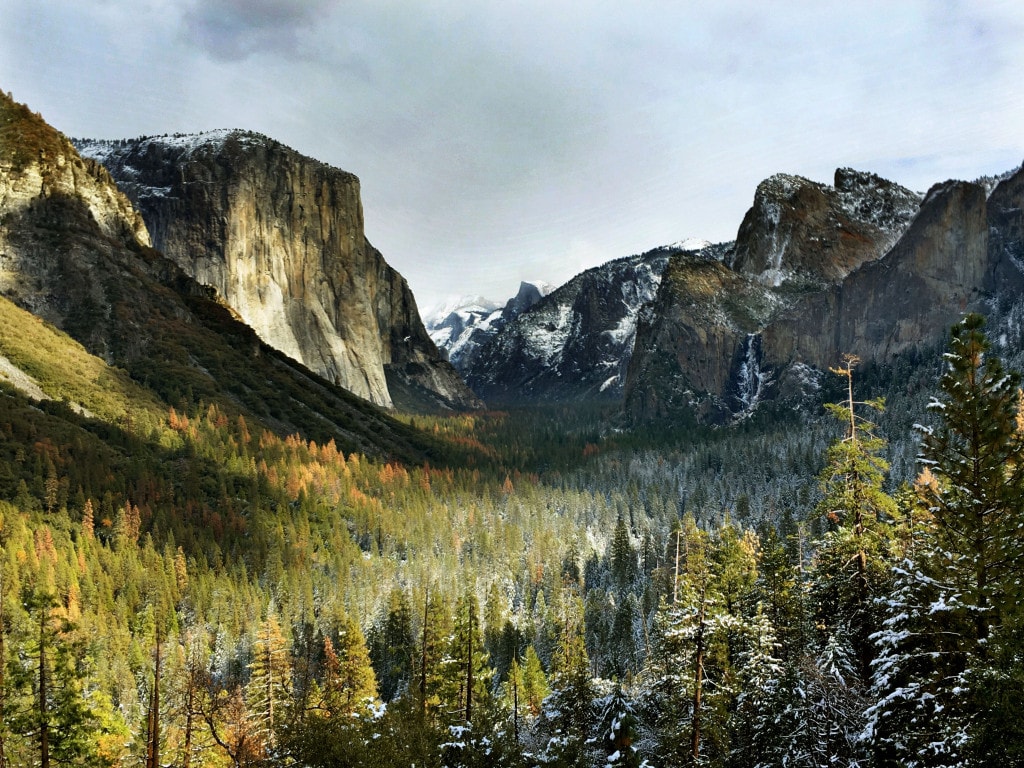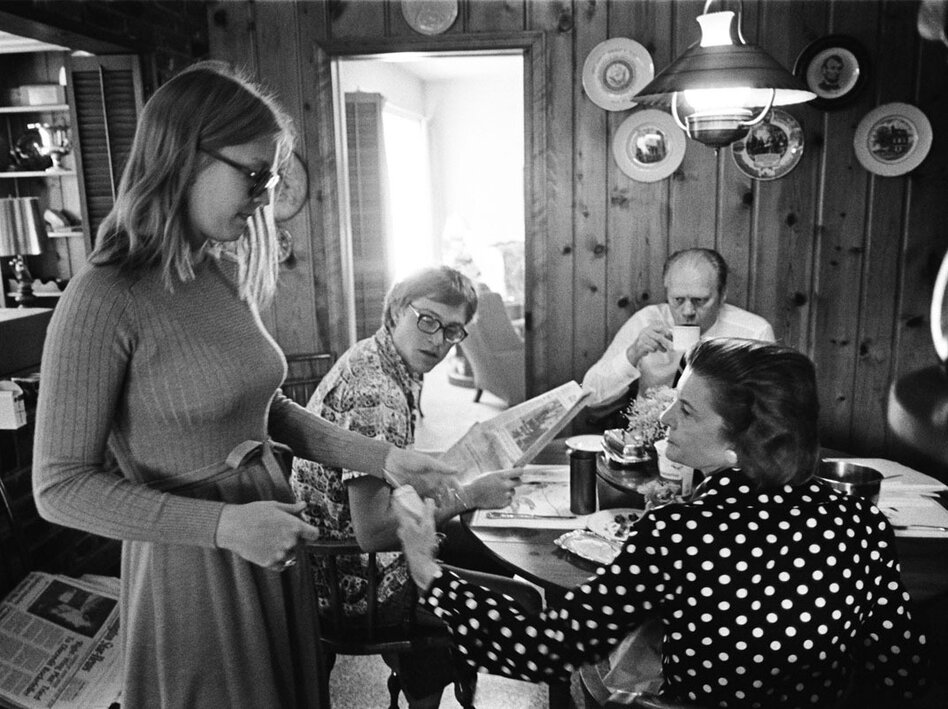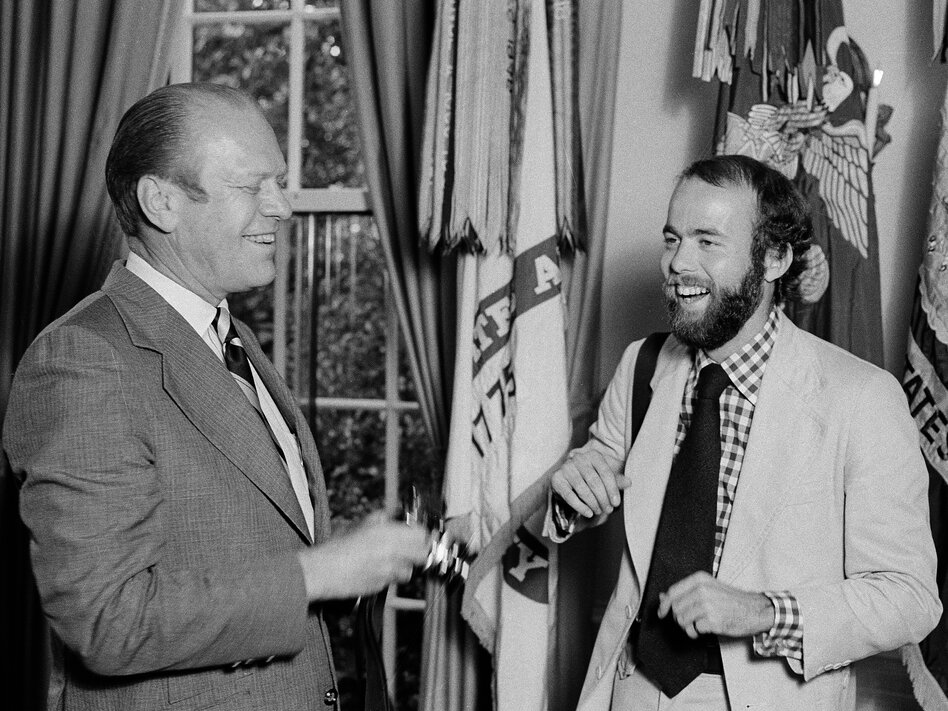http://www.gettyimages.com/search/sets/yc_U48dMbU29embxmvICkQ#license
What's New
CNN Special: Covering 50 years of presidential politics by David Hume Kennerly
A witness to history: 50 years of presidential politics
Editor's note: CNN has partnered with Pulitzer Prize-winning photographer David Hume Kennerly to cover the 2016 election. Kennerly has spent 50 years photographing U.S. politics. At age 27, he became the youngest chief White House photographer when he started working for President Gerald Ford. The opinions expressed in this commentary are his. Follow him on Facebook, Twitter and Instagram.
Just to prove that this older, experienced dog is still in the hunt, CNN has brought me aboard to cover the 2016 elections. This will be the 12th national contest that I’ve covered, and is my 50th year in the pro photo business. CNN is by far the biggest platform I’ve ever had for my photography, and I’m looking forward to getting started working with such a great team.
Here are some CNN facts:
• CNN’s two dozen branded networks and services are available to more than 2 billion people in more than 200 countries and territories.
• CNN has 42 editorial operations around the world and around 4,000 employees worldwide.
• CNN’s coverage is supplemented and carried by more than 1,000 affiliates worldwide.
• CNN reaches 96.2 million households in the U.S.
• CNN Digital is the number one online news destination, routinely recording more than 1.5 billion multi-platform page views each month
• CNN International reaches more than 315 million households around the world
Kennerly Remarks Accepting 2015 Lucie Award
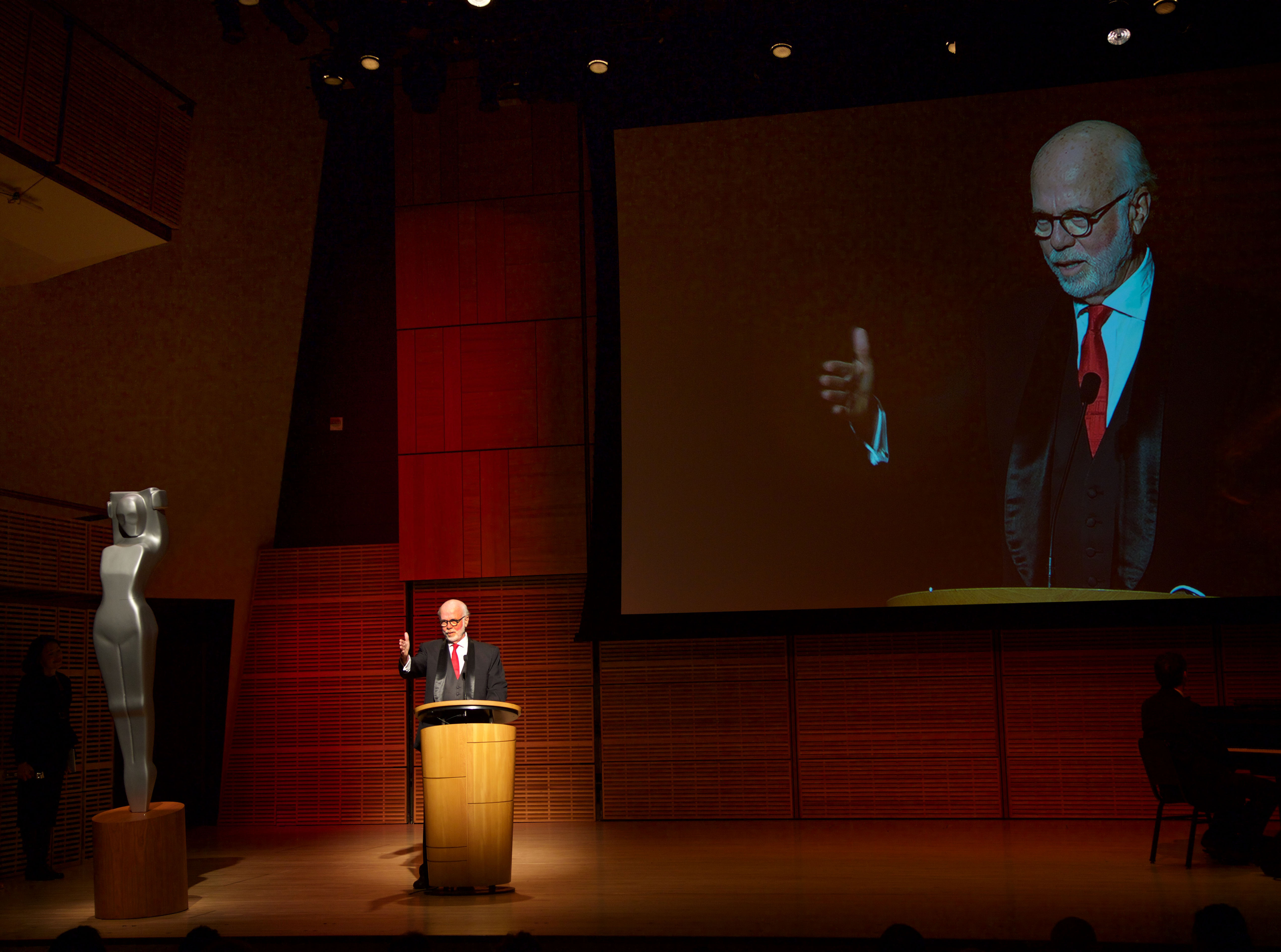
NEW YORK– OCT 27: David Kennerly accepts The Lucie Award for Achievement in Photojournalism, Carnegie Hall, New York, New York, October 27, 2015. (Photo by Byron Hume Kennerly)
Thanks Ann Curry!
We both graduated from Oregon high schools, and also started our professional careers there–it was a great launching pad! My love to my wife and business partner Rebecca and son Byron who are here, and also to my other two boys Nick and James who aren’t due to their educational responsibilities back home in California. Hurrah to my fellow honorees, particularly Bart Silverman whom I have known since 1969, and who is one of the most inspiring photographers on the planet. And a special thanks to Lucie Founder Hossein Farmani for creating this wonderful and significant award, co-founder Susan Baraz, and executive director Cat Jimenez .
I shouldn’t even be standing here. I went to Vietnam when I was 24 and after many close calls in combat did not expect to make 25. Everyday since has been a windfall.
But many of us weren’t that lucky. Right before I took off for Saigon in early 1971 to cover the war, a Vietnamese army helicopter carrying four photographers was shot down over Laos. Everyone was killed including Kent Potter of UPI, the person I was heading out there to replace. Another was Larry Burrows of LIFE Magazine. I never met him, but he had a huge impact on my career. His astonishing and dramatic photos from Vietnam struck a note with me that resound to this moment.
Forty years after that tragedy, my friend and colleague Chris Hondros, along with Tim Hetherington, perished in Libya covering the action. They, and so many other dedicated photographers died pursuing their passion.
It’s essential that real photographers roam the world casting light into corners where others fear to go. Their images carry emotion and insight directly to your heart and soul. A keen eye and the ability to condense a story into one searing image is irreplaceable. We will always need that cadre of professionals who hang it out there to show the truth.
Photographers who have documented the dark side of humanity also know the pain that lies beneath their photos. The pictures may never be able to convey the visceral experience of what it took to get them, or the photographer’s commitment to the importance of making these images.
We don’t make history, but our photographs help to change it. They inform, arouse, and inspire action. They tell stories that range from the joy of life to tragedy. We are the witnesses who keep history’s visual flame. It is our charge to accurately and honestly portray those whom we photograph, and to create pictures that are fair, objective and made with a compassionate eye.
I salute those who continue to take photos that startle the world, pictures that make us sit up and take notice. My deepest respect goes to those who died trying. Their sacrifice and their photographs have helped make the world a better place.
Thank you.

Ann Curry and David Kennerly before Lucie Awards at Carnegie Hall
Kennerly Newsletter April 2015
April 9 lecture at Philadelphia’s University of the Arts
University of the Arts - Philadelphia
Paradigm Lecture Series • Connelly Auditorium • 1:00 - 2:30pm
Terra Hall
211 S Broad Street
Philadelphia, PA 19107
CLICK HERE for more information
Appearing at Norman Camera on December 4
WHO IS IN GRAND RAPIDS THURSDAY NIGHT?
Besides me, that is... Come on out for my talk for Norman Camera
|
SEMINAR PRESENTED BY CANON EXPLORERS OF LIGHT PROGRAM DECEMBER 4, 2014 6PM-9PM AT CALVIN COLLEGE PRINCE CONFERENCE CENTER SPACE IS LIMITED!! CALL NORMAN CAMERA'S GRAND RAPIDS LOCATION AT 616-954-9920 TO RESERVE A SEAT OR SIGNUP ONLINE. |
David Hume Kennerly On the iPhone Available Now
Kennerly's seventh book and first peek into his photography process is available in bookstores and online NOW
SEE what all the buzz is about --
READ Kathy M.Y. Pyon's rave review in the Los Angeles Times
WATCH David share some tips from the book on Good Day L.A.
LISTEN to David on Rudy Maxa's World on radio stations across America
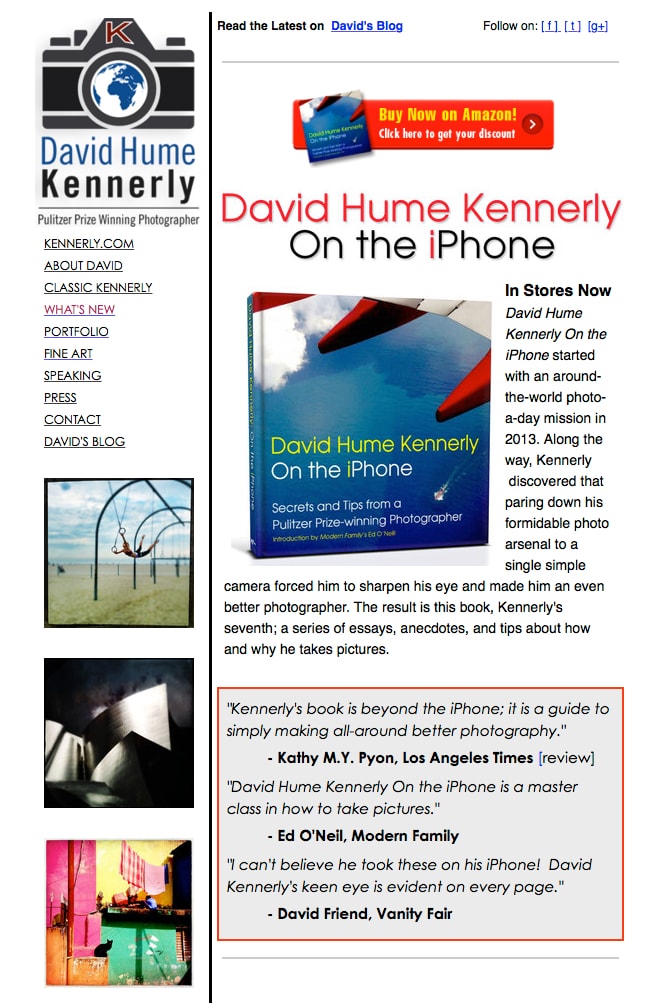
My New Book Website is Live!
The "David Hume Kennerly On the iPhone" website is up and running. It gives an overview of my new book, a link to order it, and some excerpts.
NPR’s Don Gonyea on President Ford
”‹In one of my longest-distant interviews ever, NPR's intrepid Don Gonyea reached me at the Hotel Skaftafell in Freysnesi, Iceland as I was preparing to scale the Svinafell Glacier last week. He wanted to talk about President Ford's first days in office 40 years ago, and I wanted to discuss the spectacular sights of Iceland. He won out, and what follows is a terrific piece on the former president, with a minor contribution from me.
Remembering Gerald Ford's First Weeks In Office
by DON GONYEA
Listen to the Story
Morning Edition
4 min 26 sec-
David Hume Kennerly/Getty Images
-
AP
-
David Hume Kennerly/Getty Images
-
Charles Harrity/AP
-
David Hume Kennerly/Gerald R. Ford Presidential Library
-
David Hume Kennerly/Getty Images
2 OF 6
View slideshowiForty years ago, America was getting to know a new president: Gerald Ford. He took office after scandal forced the resignation of Richard Nixon, famously declaring: "My fellow Americans, our long national nightmare is over."
Taking on the presidency meant a transfer of power unlike any the country had ever seen. Ford often said that he had never aspired to the White House. But here he was, in the summer of 1974.
"When he walked into the Oval Office, it had been stripped bare of every memento and every paper. It was like a piece of rental housing," says Barry Werth. He's the author of31 Days, which looks at President Ford's first month in office.
Beyond moving in, there was a long list of problems for the new guy to deal with.
"The Cold War was at its height," Werth says. "Vietnam was winding down in a dangerous way. We were having crisis in the Middle East. The first oil shocks. Extreme inflation."
Werth says Ford was tasked with declaring his independence from Nixon to show that everything was going to change, while also show a continuity of government.
Ford realized quickly that if he were seen solely as a caretaker president ”” with no plans to seek the office on his own in 1976 ”” he'd immediately be considered a lame duck. That would make his job even tougher.
In those first days he began looking for a vice president. Some of those potential choices would play prominent roles in American politics for decades to come.
At the time, Pennsylvania Sen. Hugh Scott talked to NPR about some candidates he'd discussed with the new president. "I mentioned a couple of names, including Rockefeller and Bush. Some very well qualified names came up: Sen. Dominic of Colorado, Sen. Javits and Sen. Dole, and others," he says.
That's Bush as in George H.W. Bush, and Dole as in Sne. Bob Dole. Also angling for the job was Donald Rumsfeld, who much later served as Secretary of Defense. Eventually, New York Gov. Nelson Rockefeller got the VP job.
That first week, Ford also addressed a joint session of the U.S. Congress. He pledged "communication, conciliation, compromise and cooperation."
For all the political drama, Ford's personal story and laid-back demeanor was just as interesting to many observers. For 10 days, Ford and his family continued to live in their split-level suburban home in Alexandria, Va. He commuted 10 miles to the White House. One memorable image from that week (above, in slideshow) shows the family ”” the president, Betty Ford and two of their children ”” in their knotty, pine-paneled kitchen reading the morning papers and drinking coffee.
David Hume Kennerly was an award-winning photojournalist who became Ford's official White House photographer.
"That picture was taken just before he was ready to go out the door to go to the White House. That was normal," Kennerly says. "They were talking about normal family things: who's gonna get the dry cleaning, who's gonna do this? Who's gonna do that?"
Kennerly says they looked like an average American family because they were. The public wished Ford well and immediately took to him.
Then, in September, Ford pardoned Richard Nixon. He insisted it was necessary for the country to move beyond Watergate. But it would change public perception overnight, and end much of the goodwill he enjoyed in those very first days.
Related NPR Stories
Witness Recalls the Beginning of Ford's PresidencyDec. 30, 2006 Ford's Improbable Road to the White HouseDec. 31, 2006”‹
